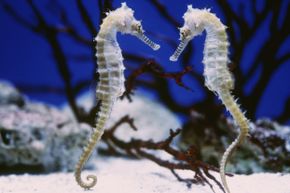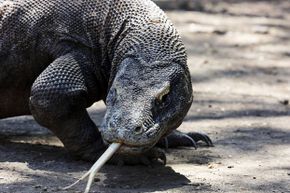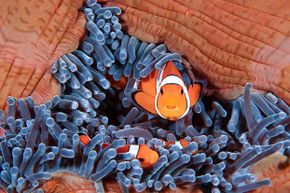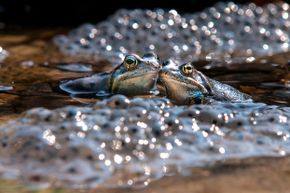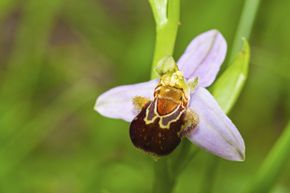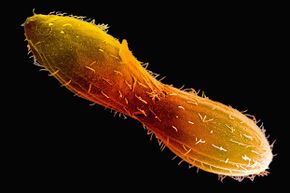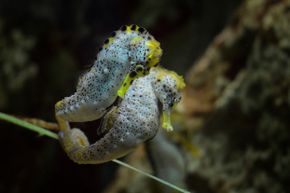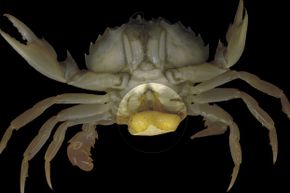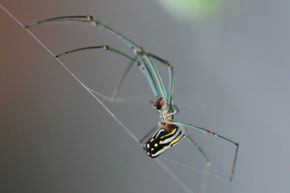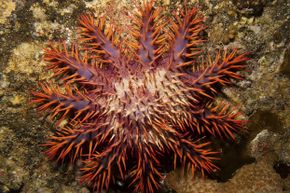No matter how it's done, reproduction is weird, often wonderful and sometimes scary. Back in 2000, Bill Joy, chief scientist at Sun Microsystems, wrote an article in Wired magazine titled "Why the Future Doesn't Need Us." In it, he predicted that a catastrophic development was just around the corner: self-replicating robots. Once that eventuality had been reached, he feared, human life as we know it would shortly become irrelevant.
But you don't have to look to the future for examples of strange reproductive possibilities. In ancient Greece, Zeus, god of thunder and head honcho on Olympus, had a memorable encounter with childbirth. One day Zeus had a liaison with one Metis, goddess of craftiness. Too late, he remembered a prophecy that predicted Metis's children would be more powerful than their father. Worried about the consequences, he quickly swallowed his lover whole. Of course, it was too late — she was already pregnant. Sometime later, having developed a phenomenal headache, he got one of his fellow gods to chop his skull open with an axe. Out jumped his new daughter, Athena, goddess of wisdom, in full battle gear.
Advertisement
All this might sound improbable, but it's no stranger than some of the bizarre ways organisms are self-replicating in real life, right now.
